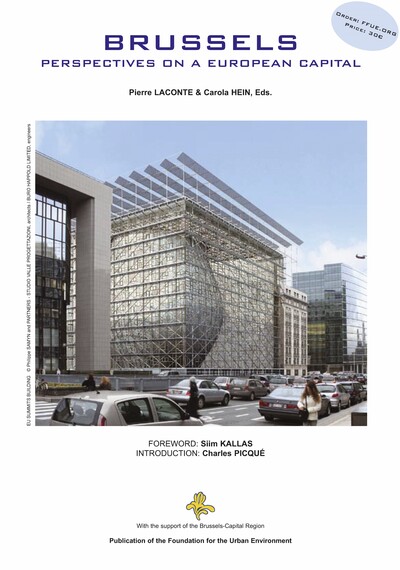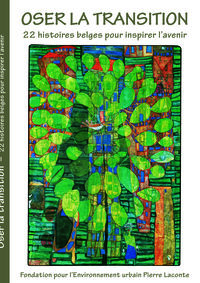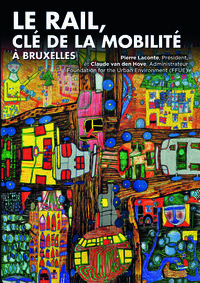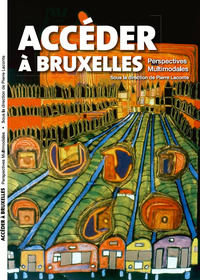Nous utilisons des cookies pour améliorer votre expérience. Pour nous conformer à la nouvelle directive sur la vie privée, nous devons demander votre consentement à l’utilisation de ces cookies. En savoir plus.
Brussels: perspectives on a European capital
EAN : 9782960065008
Édition papier
EAN : 9782960065008
Paru le : 9 avr. 2007
29,00 €
27,49 €
Disponible
Pour connaître votre prix et commander, identifiez-vous
Notre engagement qualité
-
 Livraison gratuite
Livraison gratuite
en France sans minimum
de commande -
 Manquants maintenus
Manquants maintenus
en commande
automatiquement -
 Un interlocuteur
Un interlocuteur
unique pour toutes
vos commandes -
 Toutes les licences
Toutes les licences
numériques du marché
au tarif éditeur -
 Assistance téléphonique
Assistance téléphonique
personalisée sur le
numérique -
 Service client
Service client
Du Lundi au vendredi
de 9h à 18h
- EAN13 : 9782960065008
- Collection : FFUE
- Date Parution : 9 avr. 2007
- Disponibilite : Disponible
- Barème de remise : NS
- Nombre de pages : 128
- Format : H:217 mm L:334 mm E:10 mm
- Poids : 719gr
- Interdit de retour : Retour interdit
- Résumé : The European Quarter occupies some 3% of Brussels-Capital Region’s territory, which totals 160 sq. km. Its origin is the 1958 offer of the Belgian Government to its european partners: it concerned the residential area bordering the Cinquantenaire Park, a site which was eventually extended towards Leopold Park and the Luxemburg railway station. That whole quarter and particularly the Berlaymont building focused international attention on Brussels as Europe’s political capital but it also created an image of bureaucratic boredom, which ignored the rich cultural diversity of the nearby existing neighbourhoods. Fifty years have elapsed since the decision on the original location. Since 1992 the status of Brussels within the network of european institutions host cities has been confirmed. The time has come for a fresh assessment of the European Quarter and its future, as well as that of other areas that could accommodate further clusters of european activity. The European Quarter could be improved by giving a new quality to its public space, reopening lost vistas towards the Cinquantenaire Arcades and the Leopold Park, attracting a residential population wishing to live close to its work, improving pedestrian mobility within the area and improving the relation with the surrounding residential neighbourhoods. Indeed, the Brussels European Quarter is located within the urban fabric and not in remote outskirts, as is the case with NATO Headquarters. Other areas in the Region would be well suited as future clusters of European activities, mixed with other uses, in particular the areas around Delta and Josaphat stations, which already host European activities. This would give Brussels the opportunity to receive new agencies, as advocated by the European Commission’s Vice President Kallas in his foreword to the book of the Foundation for the Urban Environment “Brussels: Perspectives on a European capital” (Pierre Laconte and Carola Hein eds). Finally Brussels is not only a political capital of a European Economic Union also a multicultural pivot for a Europe of Cultures. The six-monthly shift of the European Council of Ministers’ presidency opens a wide field of cross-cultural activities centred on the titular country and enriching the Belgian and other European regions through an array of cultural events.
- Biographie : Prof.dr.ing. Carola M. Hein - Professor of History of Architecture and Urban Planning - Department of Architecture Carola Hein developed her interest in architecture and architectural history at a very early age. She was born in Hamburg. The city was almost completely destroyed in World War II, but was still able to reconstruct most of its historic identity. One of the areas she has focused on in recent years is the way in which cities across the world deal with major shocks of this kind. She spent several years living and working in Japan, where, perhaps surprisingly, the reconstruction was in part inspired by German urban planning ‘cookbooks’ dating from the 1930s. She also conducted research in Brussels, where the large-scale demolition of the old in favour of the new – the European capital – erased much of its history. What were the underlying motivations? To answer that question, you need to conduct research locally and study the theory behind it. “It is also impossible to understand the tradition of Communist planning in Russia without investigating their textbooks and achievements in construction. If we aim to prepare architects to work internationally, we need to teach them about the way other countries deal with their history.” She believes that it is impossible ever to become a critical architect without that knowledge.





